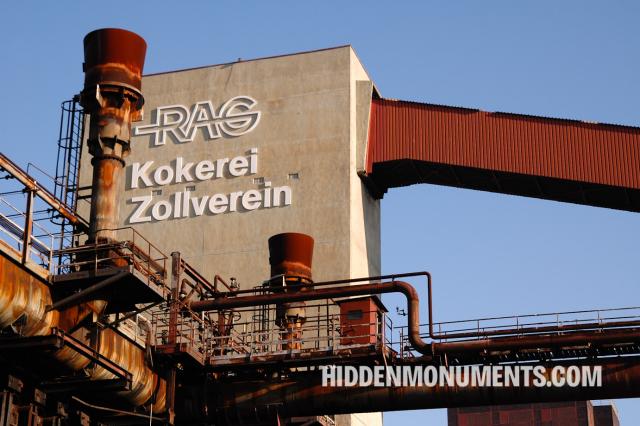Industrial heritage in the Ruhr Area
Dive into the heart of Germany's industrial past with a captivating exploration of the Ruhr area's relics. From the towering furnaces of Dortmund to Duisburg's Landschaftspark and Essen's historical complexes, explore a bygone era of industrial might. Discover which industrial heritage sites are Unesco World Heritage.
- 23 destinations
In 1993, the Kokerei Zollverein coking plant was at the end of its rope: the steel crisis of the 1990s caused the demand for coke to melt away.
In the 19th century, the tentacles of the Walloon coal industry in Belgium reached deep into the German Ruhr area.
Three striking headframes from three different eras stand in the German Ewald coal mine, which closed its doors in 2000.
The iron headframe above the Pluto-Wilhelm mine in the German Ruhr area immediately evokes the Zollverein headframe in Essen, which has been declared a World Heritage Site. This counterpart is threatened with demolition.
Years of coal mining in Zeche Hugo in Gelsenkirchen, Germany, have left behind a one-hundred-and-fifteen-meter-high slag heap, the Halde Rungenberg.
The most original form of public transport can be found in the German city of Wuppertal. The Schwebebahn has been floating above the Wupper River for over a hundred years.
Until the eleventh century, Duisburg was located directly on the Rhine, but after the river's course changed, the Hanseatic city lost its most important asset. Traders left, and Duisburg was taken over by farmers and monks.
Pagination
Latest from the blog
Eighty years ago, the world witnessed the fall of Berlin—and with it, the end of the deadliest conflict in human history. On May 8, 1945, Victory in Europe (VE) Day marked the official surrender of Nazi Germany.
All photos and stories are copyrighted. Of course, linking to articles on the site is possible and allowed.
If you would like to use photos or articles from this website, please contact bart@hiddenmonuments.com.
© 2003-2025 Hiddenmonuments.com










